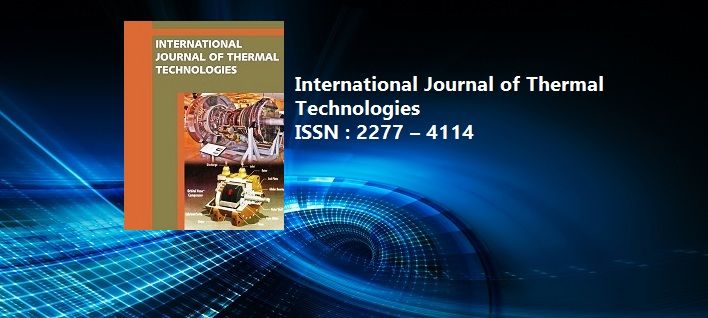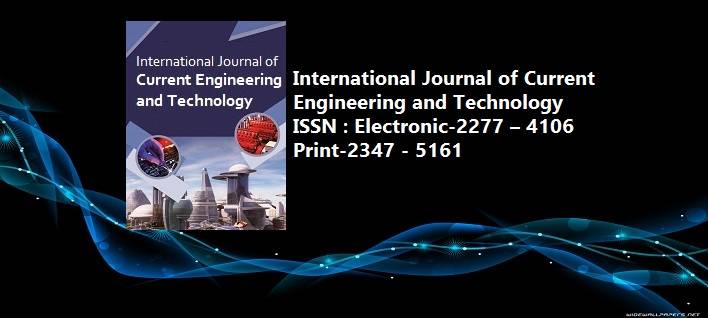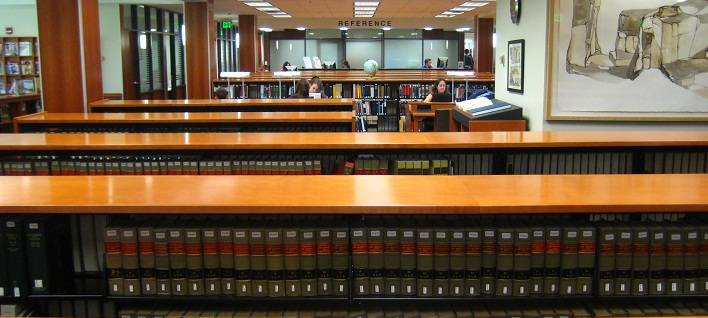Neural Network Techniques for Post-Earthquake Assessment of Buildings
Pages : 362-367
Download PDF
Abstract
After a strong earthquake the damage in the affected area can be so extended that it is not possible to make all building evaluations only by expert engineers. It is common the tendency of non-expert inspectors to aggravate or to underestimate the real level of damage. But, due to the fact that the damage levels are usually linguistic qualifications such as light, minor, moderate, average, severe, etc., an expert system implemented in a computer for post-earthquake evaluation of building damage has been developed using an artificial neural network and fuzzy sets technique. This expert system allows performing the building damage evaluation by non-experts that participate in a massive survey of buildings. The model considers different possible damages in structural and architectural elements and potential site seismic effects in the ground. It takes also into account the pre-existing conditions that can make the building more vulnerable, such as the quality of construction materials, plant and height irregularities and bad structural configurations. The system makes decisions about the building habitability and reparability applying fuzzy rule bases to the available building information. The global level of the building damage is estimated taking into account the structural and non-structural damage. The global building state is determined adding the rule base on ground conditions, obtaining thus the habitability of the building. The building reparability also depends on other fuzzy rule base: the pre- existent conditions. Thus, the expert system aids to make decisions on habitability and reparability of each building that are basic in the emergency response phase after the occurrence of a strong earthquake.
Keywords: Damage assessment, Expert system, Fuzzy rule, post-earthquake evaluation of buildings, neural network.
Article published in International Journal of Current Engineering and Technology, Vol.5, No.1 (Feb-2015)



















 MECHPGCON, MIT College of Engineering, Pune, India
MECHPGCON, MIT College of Engineering, Pune, India AMET, MIT College of Engineering, Pune, India
AMET, MIT College of Engineering, Pune, India International Conference on Advances in Mechanical Sciences
International Conference on Advances in Mechanical Sciences  International Symposium on Engineering and Technology
International Symposium on Engineering and Technology International Conference on Women in Science and Engineering
International Conference on Women in Science and Engineering




